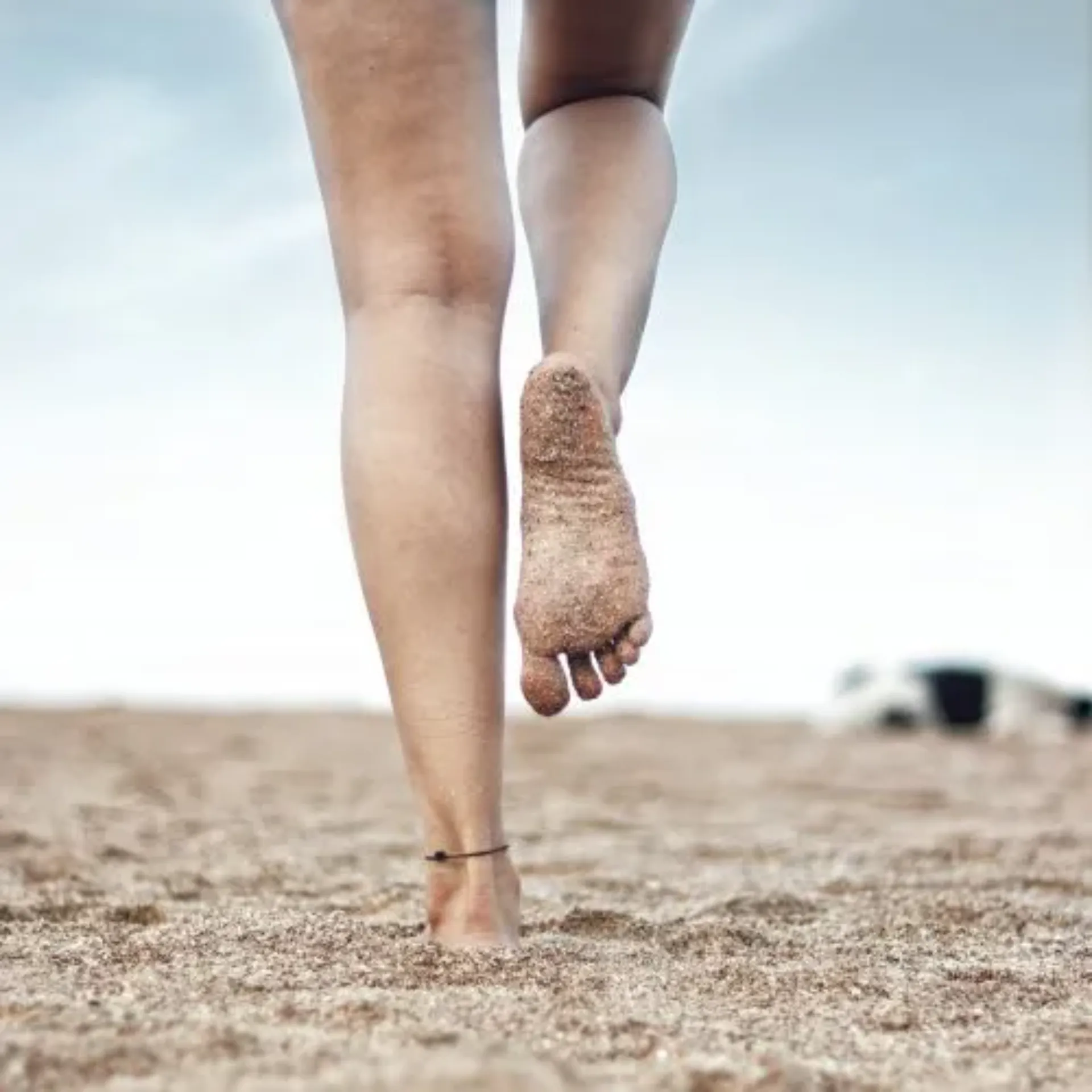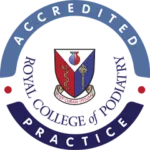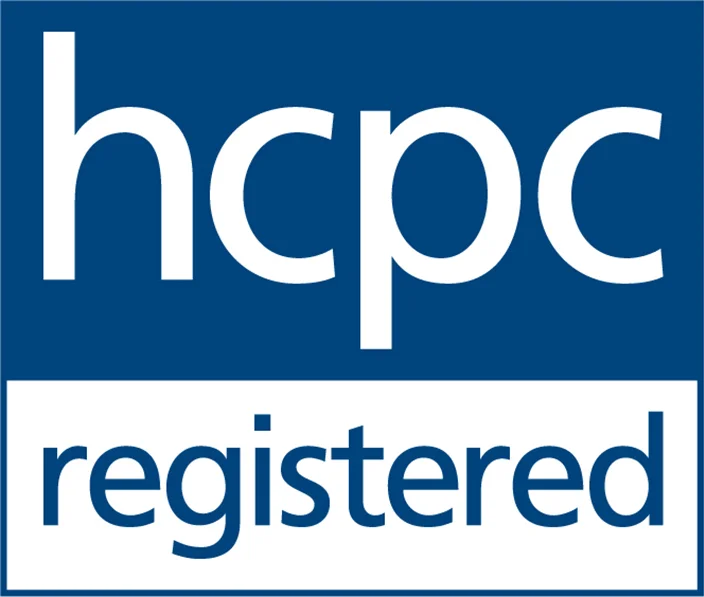Corns and calluses are cases of thickened skin on the feet. They are generally caused by friction, rubbing or irritation, often the by-product of ill-fitting footwear. However, with a little bit of care, most cases can easily be prevented.
The list below shows some of the more common symptoms of corns and calluses:
- Tenderness of the affected area
- Hard or thickened areas of skin
- Flaky skin
- Bumps on the skin
What can I do if I have a corn or callus?
As long as you do not suffer from any underlying conditions that could further impact a corn of callus (i.e. diabetes) – you can try the below methods:
Over-the-counter pads: These corn pads can be bought from most chemists and are designed to protect the corn or callus. Any products containing salicylic acid should be avoided, as they can irritate and damage healthy skin, leading to infection, especially if you suffer from poor blood flow.
Soak your hands and feet: By soaking your hands and feet, it can soften the thickened skin, which in turn will make it much easier to remove.
Moisturise daily: Applying a moisturiser daily will help prevent the skin from thickening and developing a callus or corn.
Wear comfortable shoes and socks: Tight shoes or shoes that do not fit will apply unnecessary friction or pressure to your toes and feet. Well-fitting and well-cushioned footwear is the best idea to help prevent pain and friction and prevent further damage.
What is the difference between a corn and calluses?
A callus tends to be thickened skin over a flat surface, whereas a corn will be thickened skin in one specific area. Corns are generally conical in shape and follow a circular pattern, and appear waxy, translucent and dry. However, some corns can be fleshier, which can make them challenging to identify.
Corns can appear anywhere but generally will appear on the hands or feet. Even if they seem small, they can be very painful and require immediate attention.
If you think you have a corn or callus, please call us, and we can help! Alternatively, you can book an appointment online.
*This blog contains general information about medical conditions and is not advice. You must not rely upon the information in this blog as medical advice. Medical advice should always be sought from an appropriately qualified podiatrist such as ourselves.






